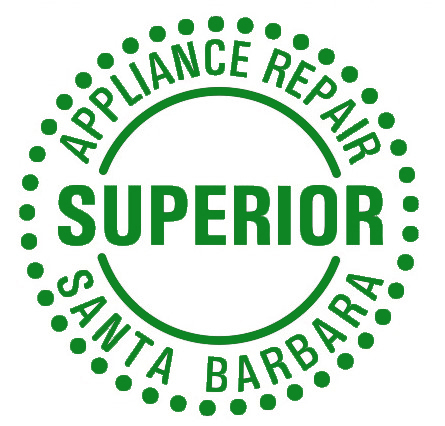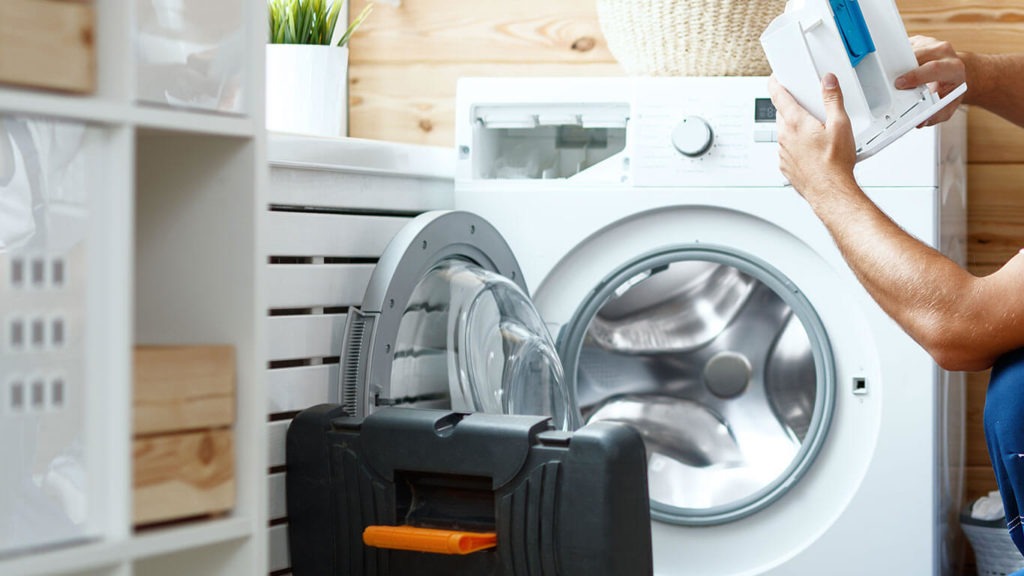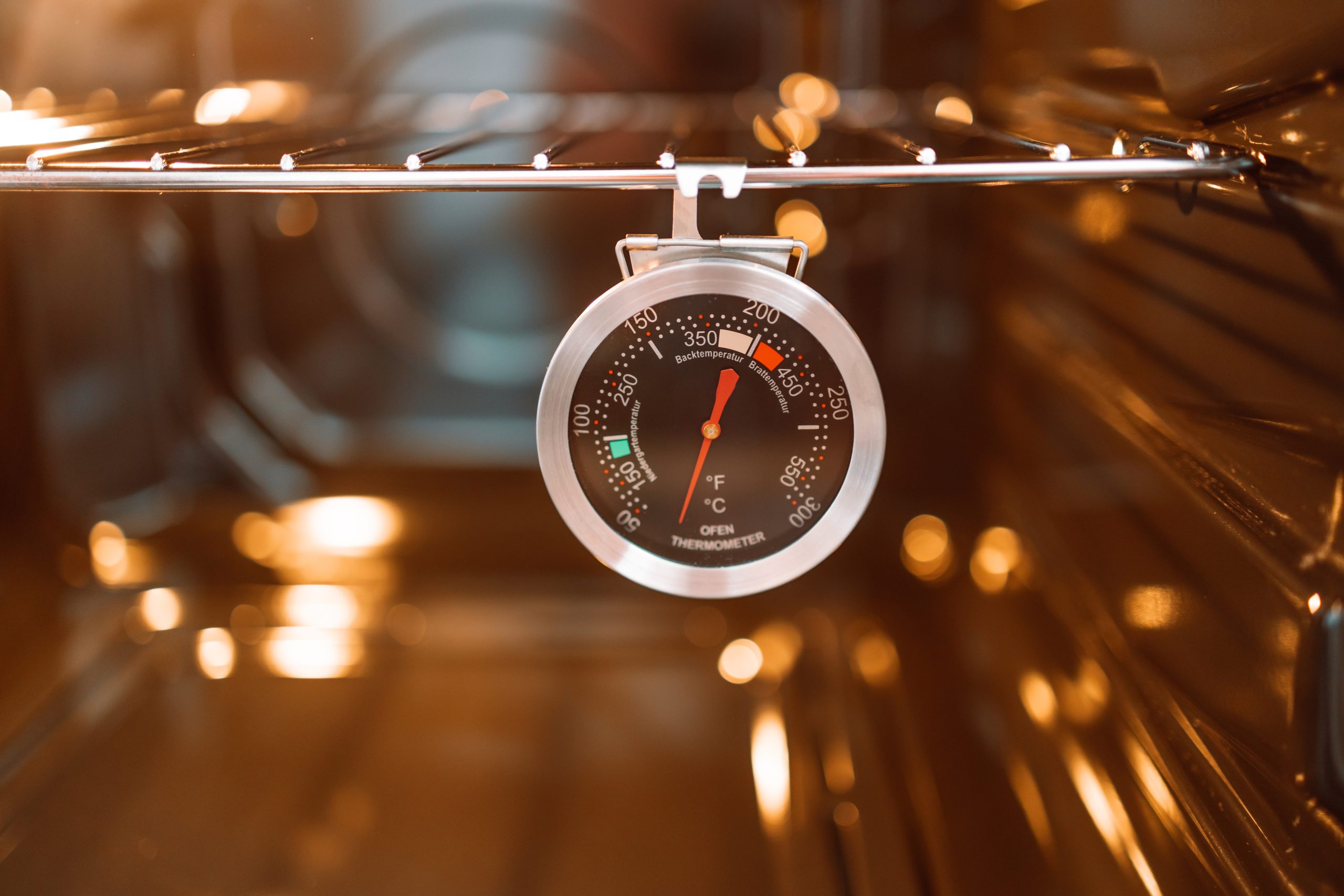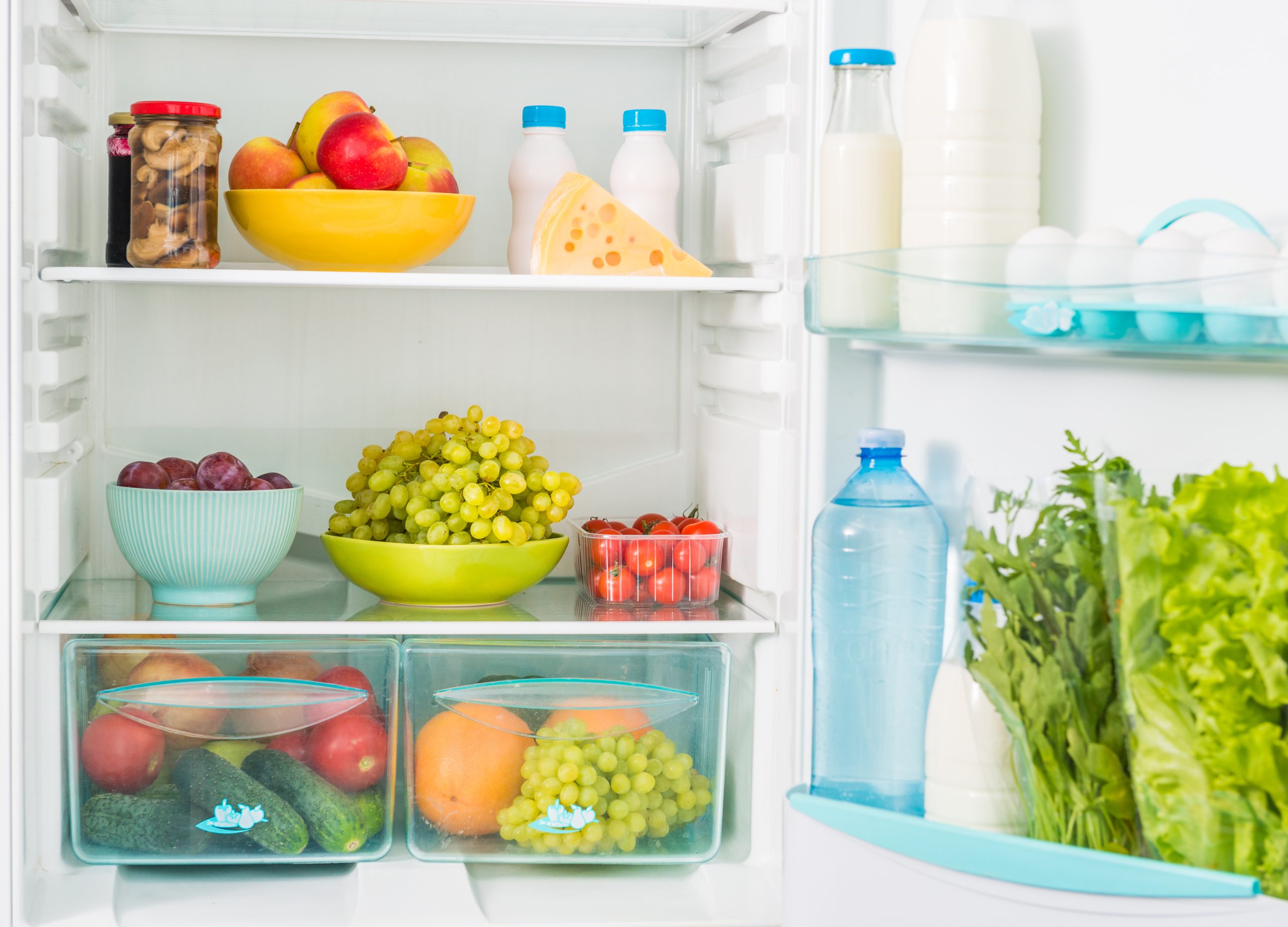The average American family washes 50 pounds of laundry per week. Between clothing, bedding, workout attire, and towels—even a single person washes between 3 and 5 loads per week.
In other words, you put your washer and dryer to work. These at-home washing machine maintenance tips will keep your machine working at peak efficiency.
#1 Don’t Overload Your Machine
We get it, the fewer loads you do the better! However, overloading your machine runs the risk of breaking or damaging parts and burning out your motor prematurely.
As your family grows, so should the size of your washing machine.
This guide will help:
- Stackable washing machines have a capacity of around 3.2 cubic feet. They are ideal for 1 or 2 people. They can hold between 12 and 14 pounds of laundry per load, which is approximately 9 plush towels. Stackable machines are not ideal for washing large items such as comforters. If your condo or apartment is small, stackable may be your only option—but see if an all-in-one will fit your space, as they can wash a bit more per load.
- Standard top-loading and small front-loading all-in-one washer dryers have a capacity of 4.5 cubic feet. They are ideal for 2 to 4 people. They can hold between 14 and 16 pounds of laundry, which is approximately 11 plush towels. Standard washers and all-in-ones can wash some large items, but not all.
- Large front-loading machines have a capacity of 5 to 6.2 cubic feet. They are ideal for families with 5 or more people. They can hold between 20 and 25 pounds of laundry, which is approximately 17 plush towels. Front-loading machines can wash many pillows and comforters, but not if they are ultra-plush or oversized. For example, a medium thick king size comforter or pillow but not a plush king-sized comforter or pillow.
If your family has more than 5 people, you may require more than one washer and dryer.
#2 Use the Directed Amount of Detergent
How much detergent, fabric softener, and other additives you use is an essential part of washing machine maintenance. It used to be that you measured out the suggested amount of detergent suggested by the detergent company—but not anymore. Many machines are designed to optimize water and detergent, so you must measure as directed.
Using too much isn’t just a matter of efficiency, as excess detergent and additives can lead to residue build-up. Efficient machines are designed to maximize suds. If you add too much detergent, the suds aren’t completely removed from the machine during the rinse cycle.
This build-up can stress the pump and motor, causing them to burn out prematurely. It also means that your machine may not fully remove the soap from your laundry, which can irritate sensitive skin.
If it’s easier, create your own measuring cup, print out the detergent directions, or individually teach everyone how to measure with the machine’s built-in system.
Always keep the washing machine door open or cracked between loads to minimize mold and mildew growth.
#3 Clean Your Washing Machine
Even when you measure the correct amount of detergent and additives, residue can build-up. Dirt and grime can build-up too. So, if your clothing doesn’t seem to be getting clean, you must clean your washing machine.
This includes cleaning its exterior and wiping down the tumbler, but you must also clean your machine internally. Modern washing machines have a self-clean setting. Use as directed in your owner’s manual, which often requires adding bleach or vinegar and washing with hot water.
If your machine doesn’t have a self-clean feature, use the following method for your washing machine maintenance:
- Add 4 cups of white vinegar and 1 cup of baking soda to your washing machine.
- Turn it on your hottest and longest wash cycle and run for 5 minutes.
- Open the door or pause your machine, and let it sit for 1 hour, allowing the vinegar and baking soda to soak.
- Complete the wash cycle.
- Leave the door open to let your machine air dry.
- Repeat at least every 3 months, 30 loads, or anytime your machine smells.
Newer washing machines have filters that need to be cleaned once or twice annually. Check your owner’s manual to learn how. Your go-to technician will also check and clean the filter during your annual preventative maintenance inspection.
#4 Visually Inspect Your Hoses
Another reason to schedule preventative maintenance is to have your hoses, drain pipe, and drain visually inspected.
Your washing machine likely has a:
- Hot water hose
- Cold water hose
- Drain pipe
- Drain
While durable, your hoses and pipe will wear over time. This can lead to leaking that can damage your flooring. If you see a small or large pool of water on the floor in your laundry room, one of your hoses may be damaged or disconnected.
However, there are a few other culprits:
- The drain could be clogged
- The door gasket could be damaged
- The drain pump could be damaged
- The boot seal could be damaged
- The door catch could be broken
Most of these are quick and easy fixes, and most can be prevented by scheduling a technician for your annual washing machine maintenance.
#5 Ensure Your Machine is Level
In order for your machine to run at maximum efficiency, it must have full and even contact with the floor. Otherwise, it will vibrate aggressively during the spin cycle.
Aggressive vibration can lead to premature mechanical problems, so call in a technician. Flooring can shift over time which can leave your machine unlevel. However, uneven flooring isn’t the only cause of aggressive vibration.
A technician will determine if the flooring is not level or if your washing machine has an internal repair need. Either way, they will help you identify the best solution to optimize performance.
Washing Machine Maintenance in Santa Barbara
Superior Appliance Repair has you covered! We provide annual preventative maintenance and last-minute repairs for Washers, Dryers, Stackable Washer/Dryers, and All-In-One Machines.
We service all major brands and all primary home appliances. Call, text, or email now!




